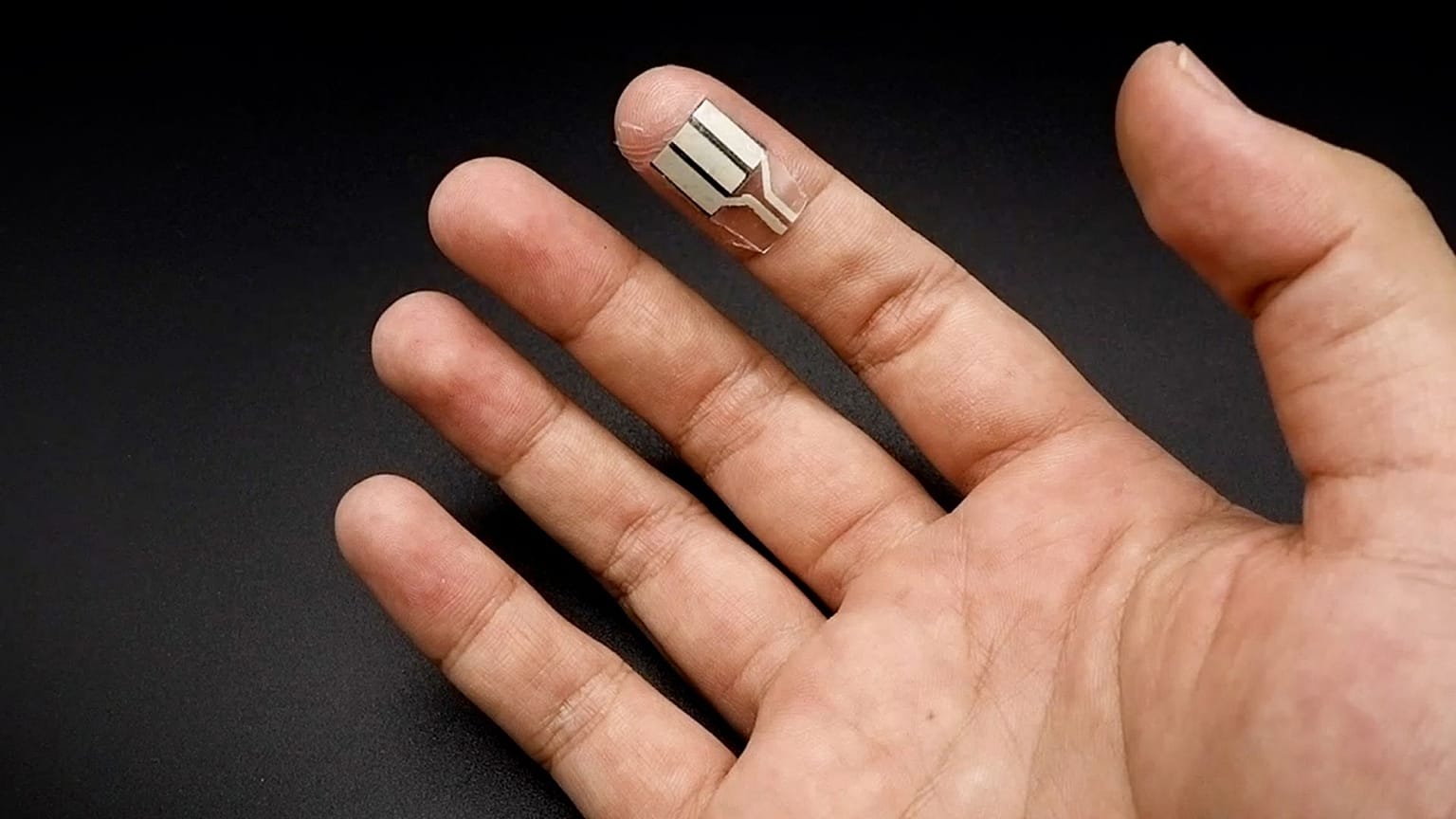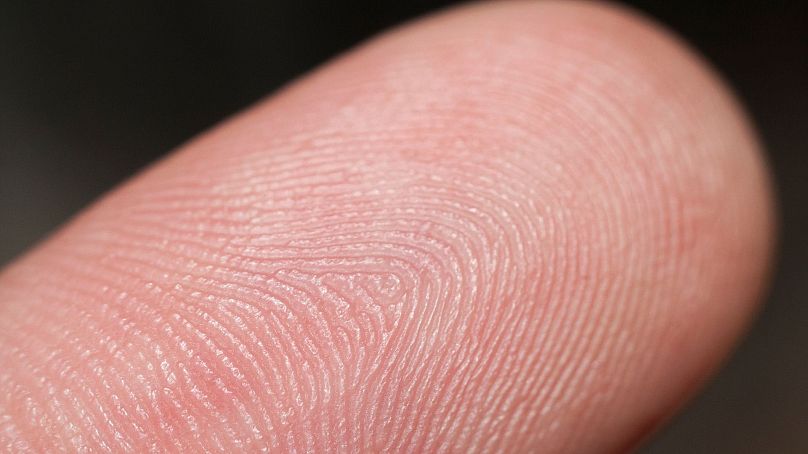A breakthrough for self-made sustainable power that requires nothing but a good night’s sleep to harvest energy from your sweat.
Researchers have created a device that harvests sweat from just your fingertips, with “holy grail” levels of efficiency.
Our self-made biofuel has the potential to power a number of small wearable electronics, according to engineers at the University of California San Diego.
Many human-powered wearable technologies require a great deal of exercise to take full effect - this invention just needs you to get a good night’s sleep in order to produce real, sustainable power from your hands.
The hunt for efficient human biofuel power
The device created uses a biofuel cell powered by the lactates that dissolve in our sweat - the same technology as is in the University of Tokyo’s sustainable smart-watch battery which made headlines earlier this year.
Each finger pad is one centimetre-squared and made of flexible foam that contains a hydrogel for maximum sweat absorption.
The device can operate without any physical activity and is even able to successfully produce 300 millijoules (mJ) of energy per square centimeter of skin during a 10-hour sleep.
The process at play creates “power from nothing”, needing access only to the sweat glands at the end of human fingertips. Its soft material allows the process to be comfortable and unobtrusive for long periods of time.
Traditionally, sweat-powered energy devices require intense levels of cardio to have any impact.
This creates problems for users that may end up exerting more energy than what ends up being used to power their smart technologies. Some experts estimate the return on energy invested is as little as one per cent.
Engineering a product that can do the same from static energy means this simply no longer has to be the case.
Why our fingertips?
Questions are often asked about why sweat-powered electronics are not placed in areas of the body where we experience more perspiration. Our fingertips house the highest concentration of sweat glands in the human body - more so than our armpits, or backs.
"Generating more sweat at the fingers probably evolved to help us better grip things," says Lu Yin, a nanoengineering PhD student working on the device.
"Sweat rates on the finger can reach as high as a few microliters per square centimeter per minute. This is significant compared to other locations on the body, where sweat rates are maybe two or three orders of magnitude smaller."
The team are now set on integrating their discovery into physical wearable forms, such as gloves. It is also possible the technology could one day be used to power devices in a wireless capacity through using its sensory capabilities to connect to our smartphones.
It’s one of the many breakthroughs by their dedicated wearable electronics research department, who are responsible for creating and testing a number of sustainably powered sensors and patches.
"There's a lot of exciting potential," says senior author Joseph Wang. "We have ten fingers to play with."



















